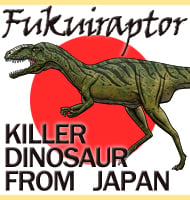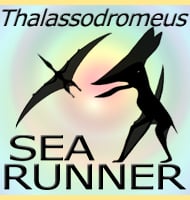Fukuiraptor
In Depth Fukuiraptor is a dinosaur that really does not deserve the ‘raptor’ part of its name. This is because when it was discovered, one of the large hand claws was interpreted as being a ‘killing claw’ on the second toe, similar to other dromaeosaurids that have the epithet raptor. Later analysis resulted in a … Read more

